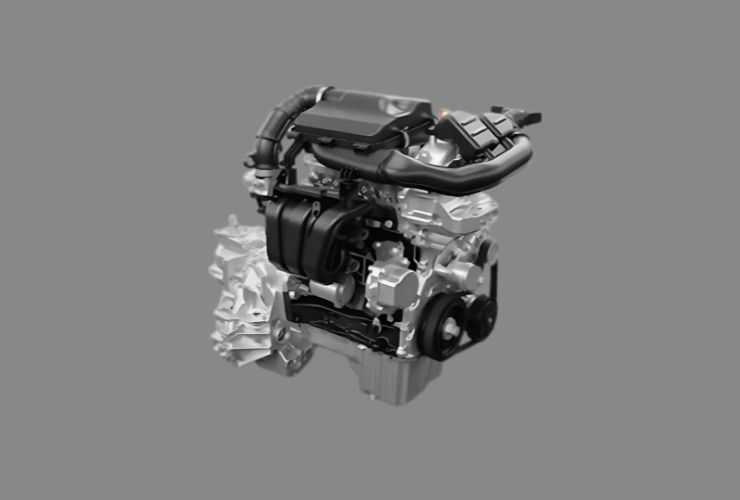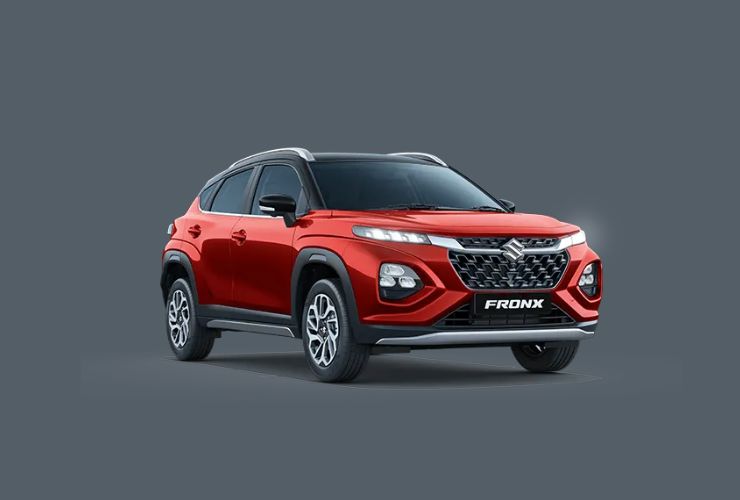Maruti Brezza, Ciaz, Ertiga, XL6 And Grand Vitara To Get 1.2 Liter Turbo Petrol Engine


Reported revelations from knowledgeable sources suggest that Maruti Suzuki could be working on a new 3-cylinder turbocharged petrol engine. An exclusive scoop by V3 Cars states that the new engine, based on MSIL’s Z12 series, could replace the current 1.5 liter NA petrols and the 1.0L turbo-petrol when put into series production. The new engine will replace the 1.5 liter motor on the likes of the Maruti Brezza, Ertiga, XL6, Ciaz and Grand Vitara.

Maruti has been downsizing its engines lately to boost fuel efficiency and meet the revised emission norms. A key milestone here was the introduction of the Z12E engine instead of the 4-cylinder naturally aspirated petrol engine of the Swift and the Dzire. When the 3-cylinder engine premiered on the fourth generation Dzire, it was a first for the model. Back then, we expected this new powertrain to branch out into newer iterations, and it looks like it wasn’t pointless for us to think so.
The turbocharged 3-cylinder engine will likely replace the 1.5L unit on the Brezza, Ertiga, etc., in the future. The Fronx, a hot-selling product currently, offers the choice of a turbo variant. It uses a 1.0L, 3-cylinder, turbocharged petrol engine (Boosterjet) that produces 99 bhp and 148 Nm. The Z12-based turbo engine could also replace this. If so, it will make for a better fit on the Fronx.
The 1.0l turbo petrol definitely has its shortcomings in terms of everyday usability and fuel efficiency. Milking so many horses from a tiny 1000cc unit would not be the most rewarding in making a future-proof product. We have seen the Koreans ( Kia and Hyundai) do this. Remember the time when the Verna Turbo had the 1.0L turbocharged petrol engine while the Creta used to come with the 1.4 TGDi? Remember how ‘under-engined’ it felt to drive the Verna Turbo compared to its sibling SUV? The fuel efficiencies too were poles apart from each other.

Now consider the case of Tata Motors. They had gone for a 1.2 turbo petrol engine for the Nexon. Back in the day, many had asked why a 1.2 Turbo when the rival has a 1.0 Turbo. The manufacturer’s perspective was that 1.2 was better suited for a future-proof product as it had a clear upper hand in terms of overall usability. It could deliver as many horses as a 1.5 or 1.6 NA engine, with much less effort than a 1.0 turbo.
From a technical standpoint, this makes sense. We have seen many 1.0L turbo engines feel strained when pushed to match a 1.5 ( or 1.6) in performance- Hyundai, Kia, Volkswagen and even Maruti Suzuki’s Boosterjet. A 1.2L turbo would, in comparison feel much more at ease, at least on paper. It can match the 1.5 NAs in performance, while still staying inside the small car tax bracket.
The Fronx is not Maruti Suzuki’s first stint with turbocharged petrol engines. They had previously launched a performance version of the Baleno with a 1.0L turbo engine, calling it the Baleno RS. The model did not take off well. We had our second taste of this engine on the Fronx.

It seems like Maruti Suzuki brought back the 1.0L turbo to make the segment spool up until the better 1.2 turbo makes its entry. Going through the sales charts would reveal that the Turbo variants enjoy fair acceptance and are not often met with instant rejection for being the less efficient ones. The new engine could definitely add more value to the Fronx Turbo. Besides, the Z12-based turbo engine could also make its way into more models in the future. Imagine having a sportier guise of the Swift or Baleno.
Now take the case of the Brezza, Ertiga and XL6, Ciaz and Grand Vitara. Replacing the bigger engines with the 1.2 turbo will make them eligible for small car tax benefits. This could in turn, shave 1-1.5 lakh off their current prices. If tuned not so aggressively, the new engine could deliver a comparable driving experience (though with a slightly toned-down refinement due to the turbo 3-cylinder build).
The new engine is also rumoured to be available with a 6-speed manual transmission, instead of the current 5-speed unit that comes along with the Z-series mills. There has, however, been no confirmation on this yet.
Well, this is unlikely as the Maruti Jimny is a rear wheel driven vehicle with the engine mounted longitudinally (North South direction). Adapting the Z12 turbo petrol engine (which is designed to be mounted transversely (East West direction) in front wheel drive cars to fit the Jimny would require complex and costly re-engineering. This doesn’t make much sense for a low volume product like the Jimny, which is better off with a naturally aspirated engine than a high-strung turbo petrol motor.